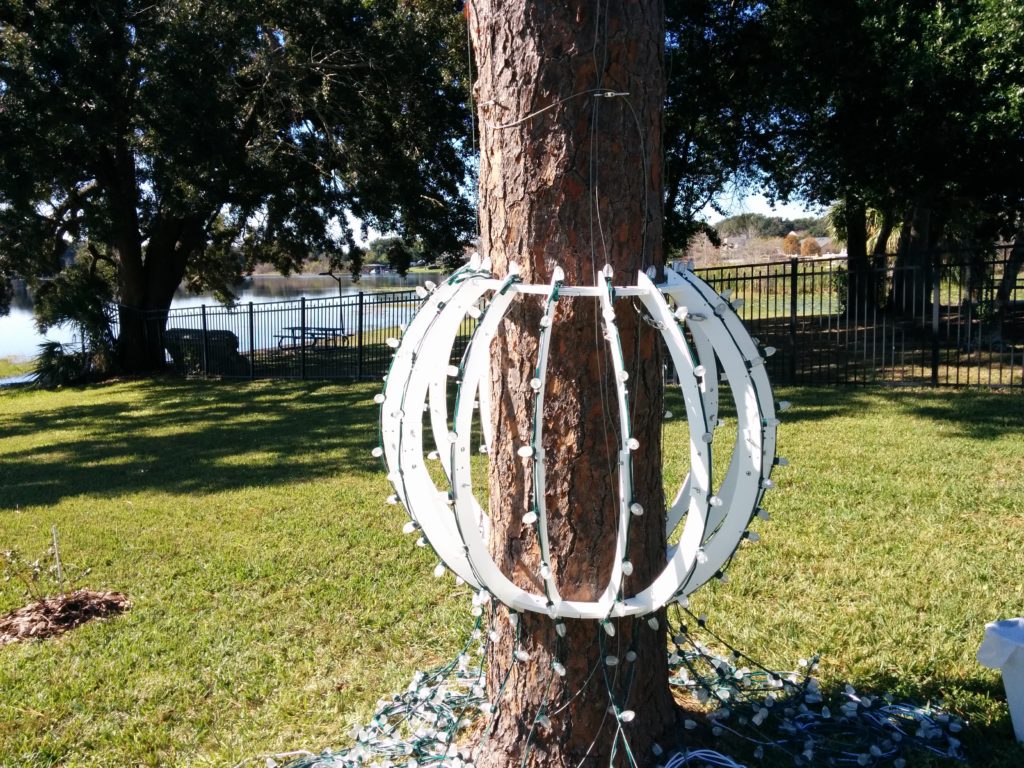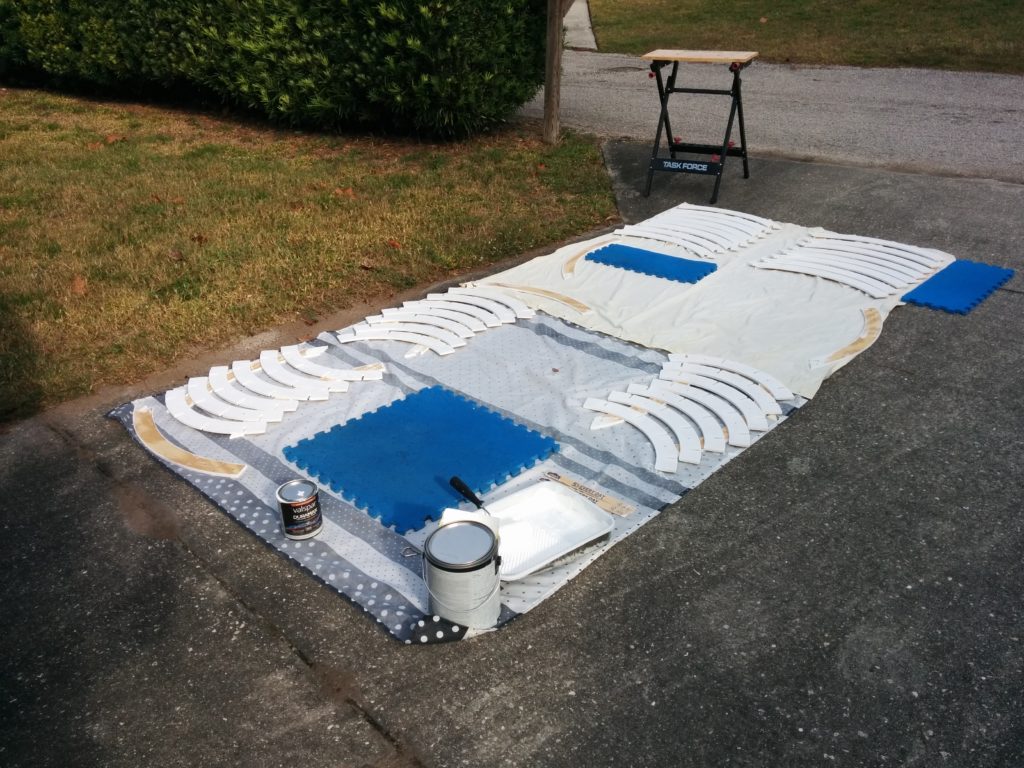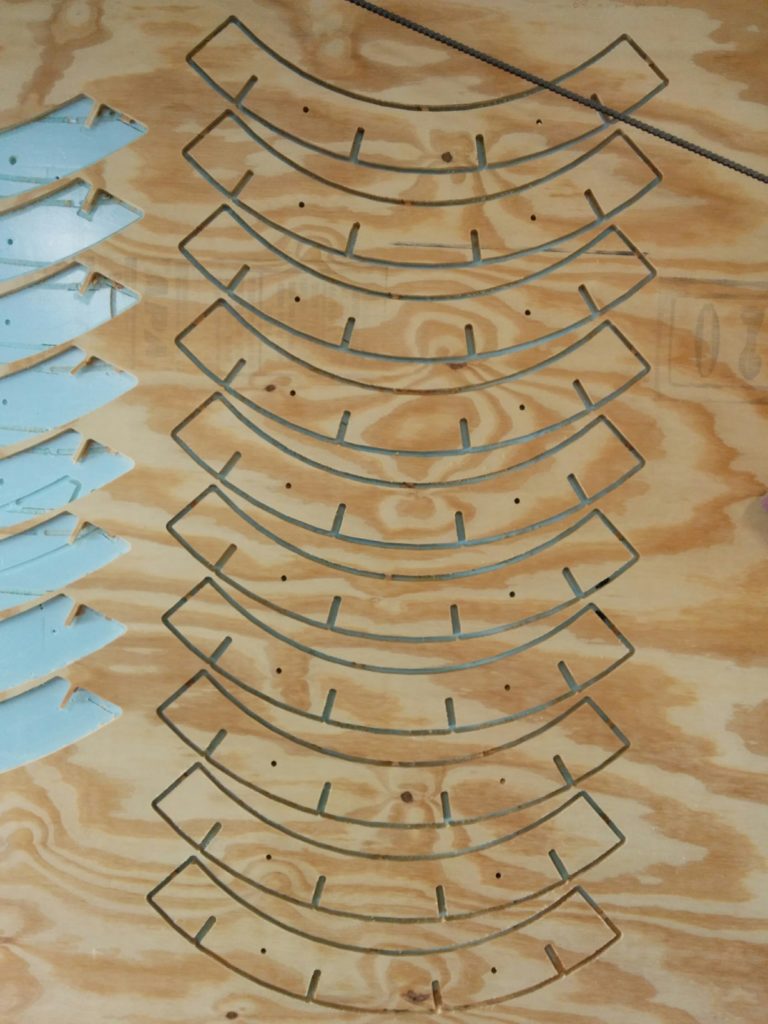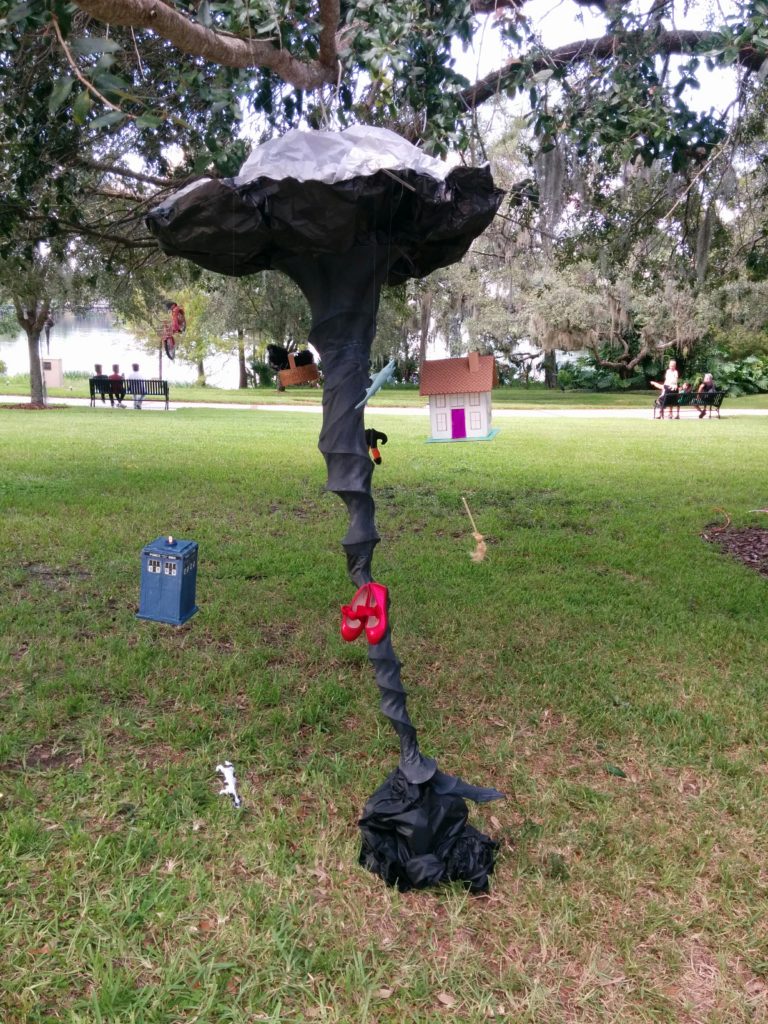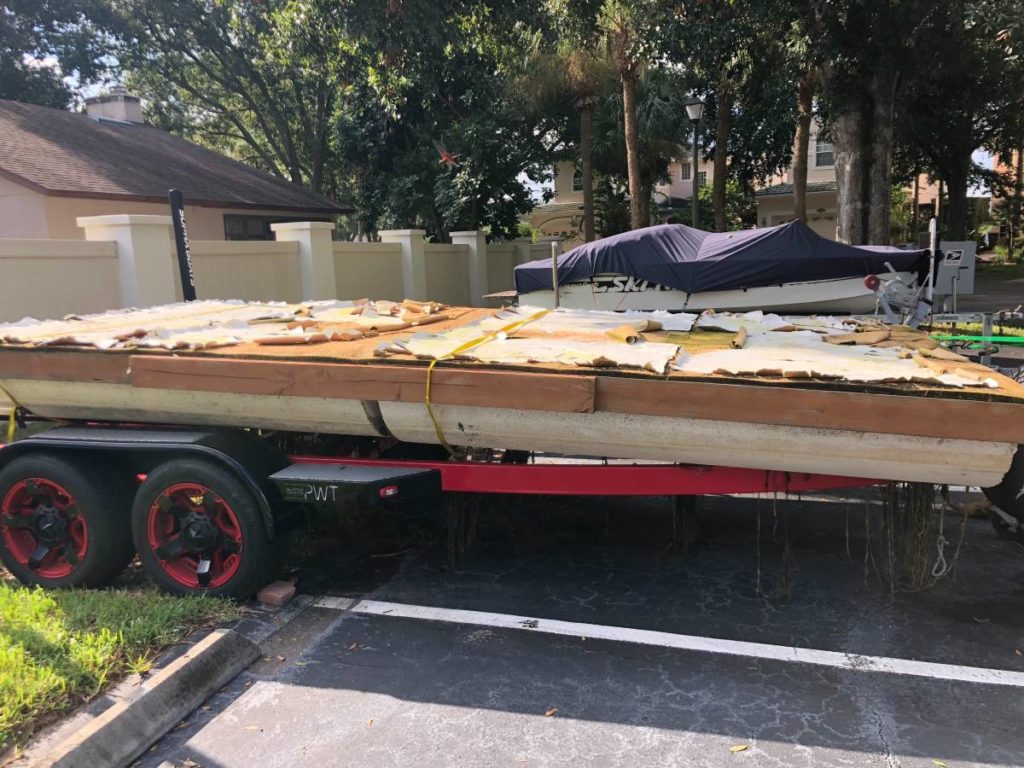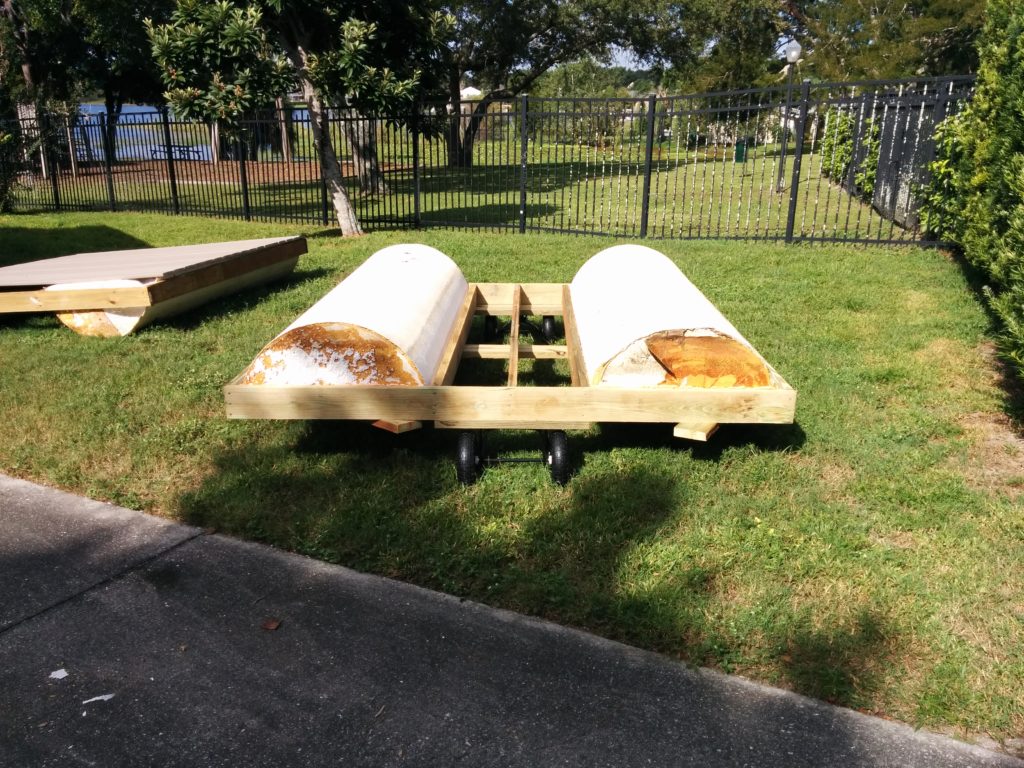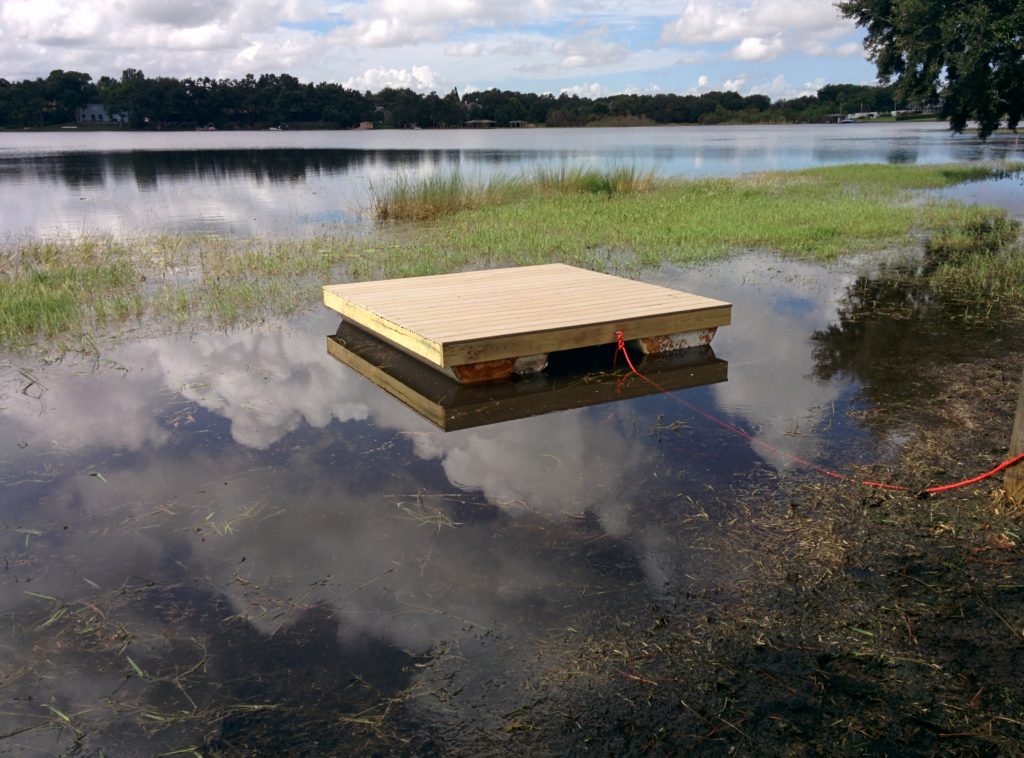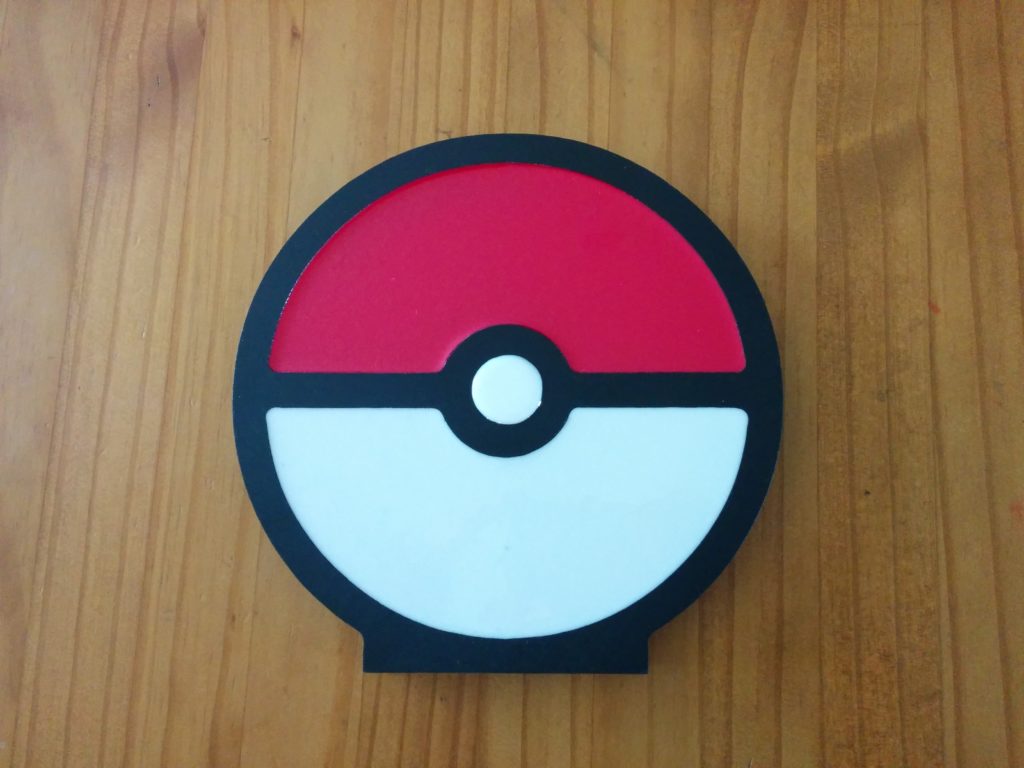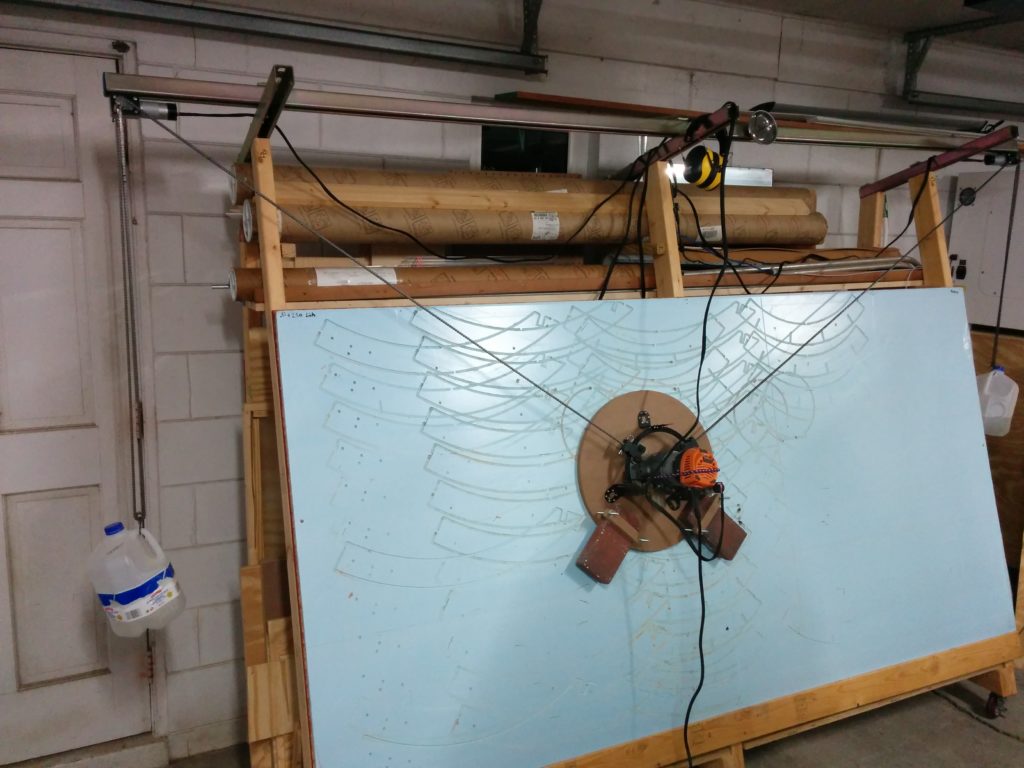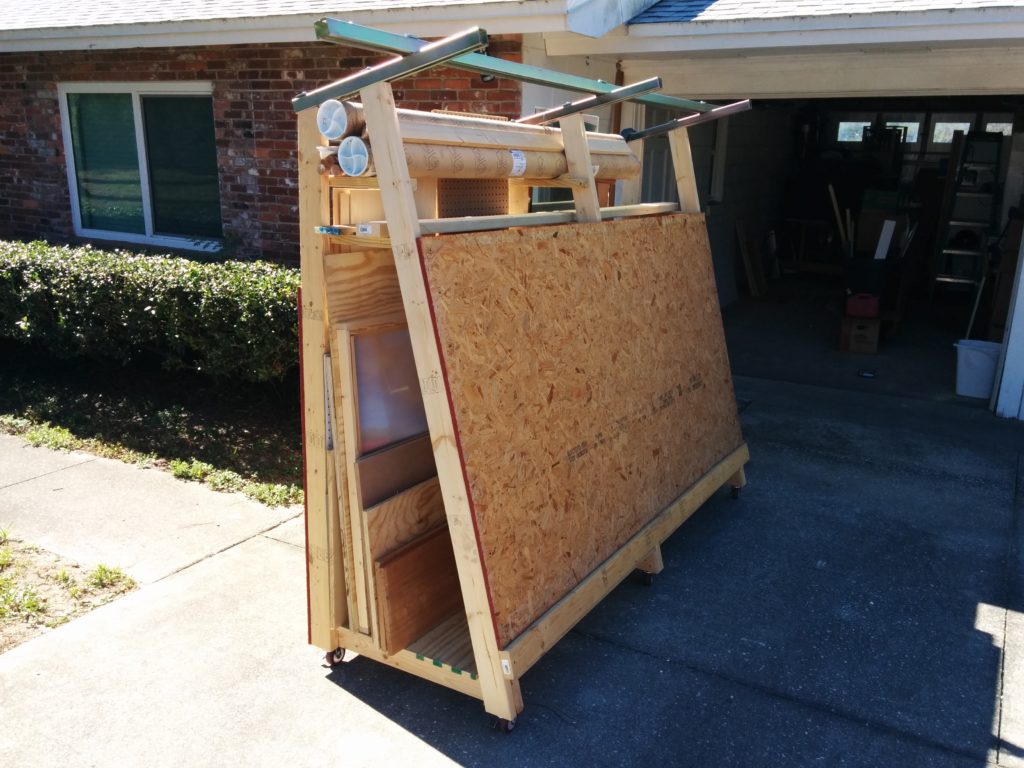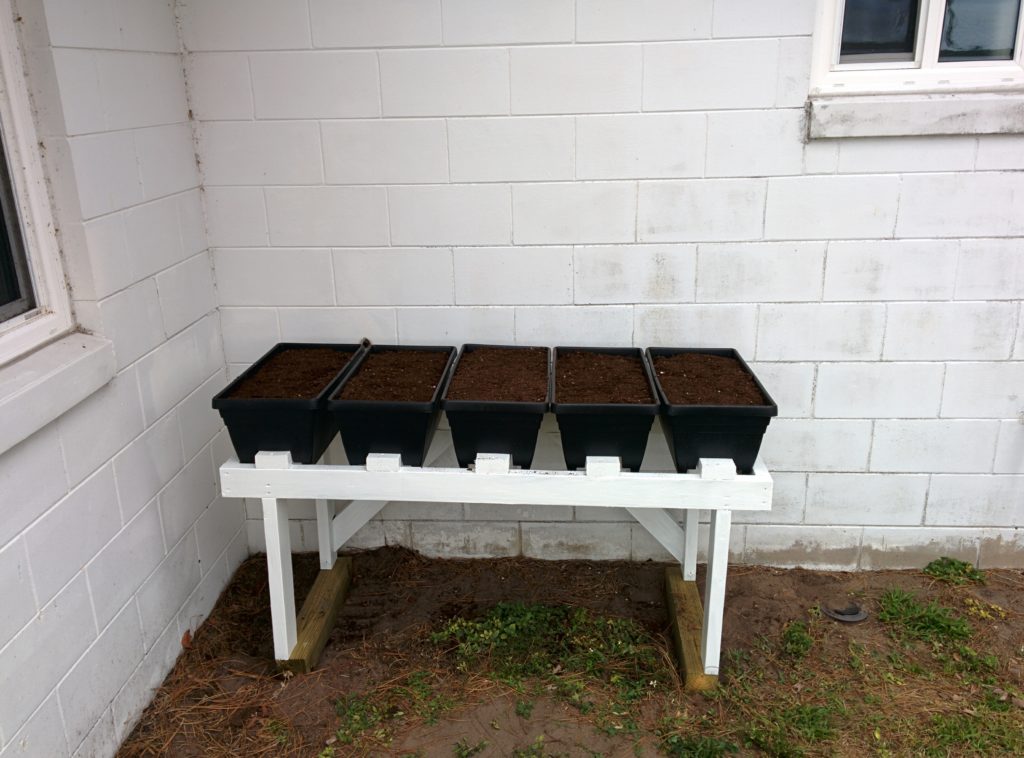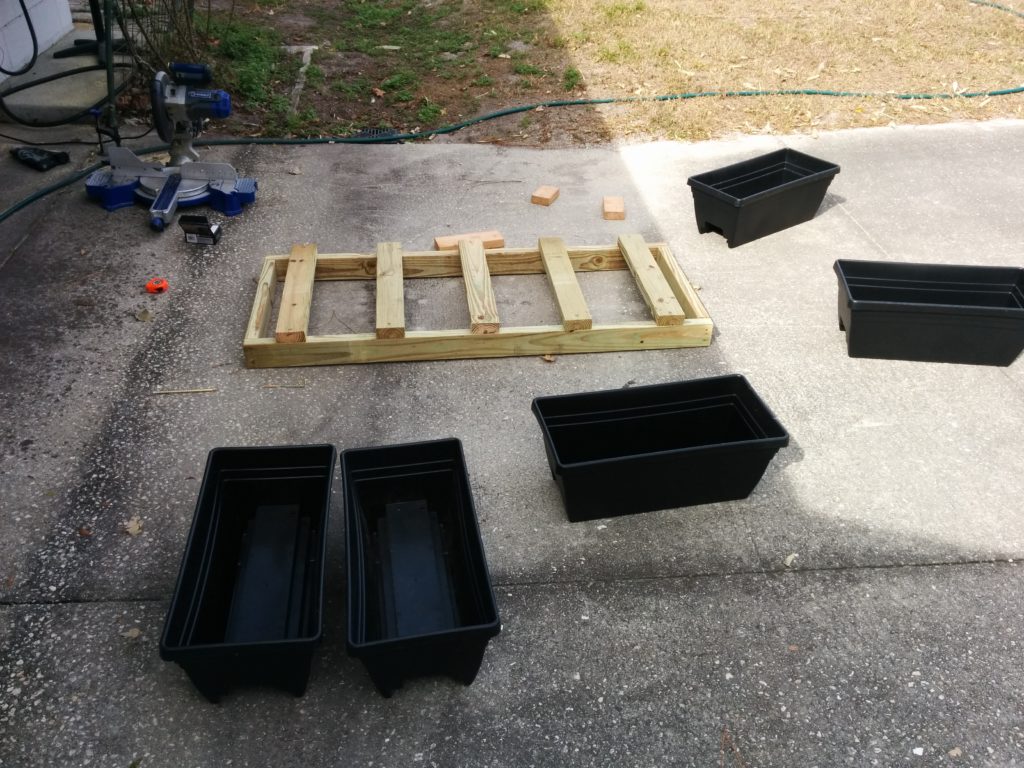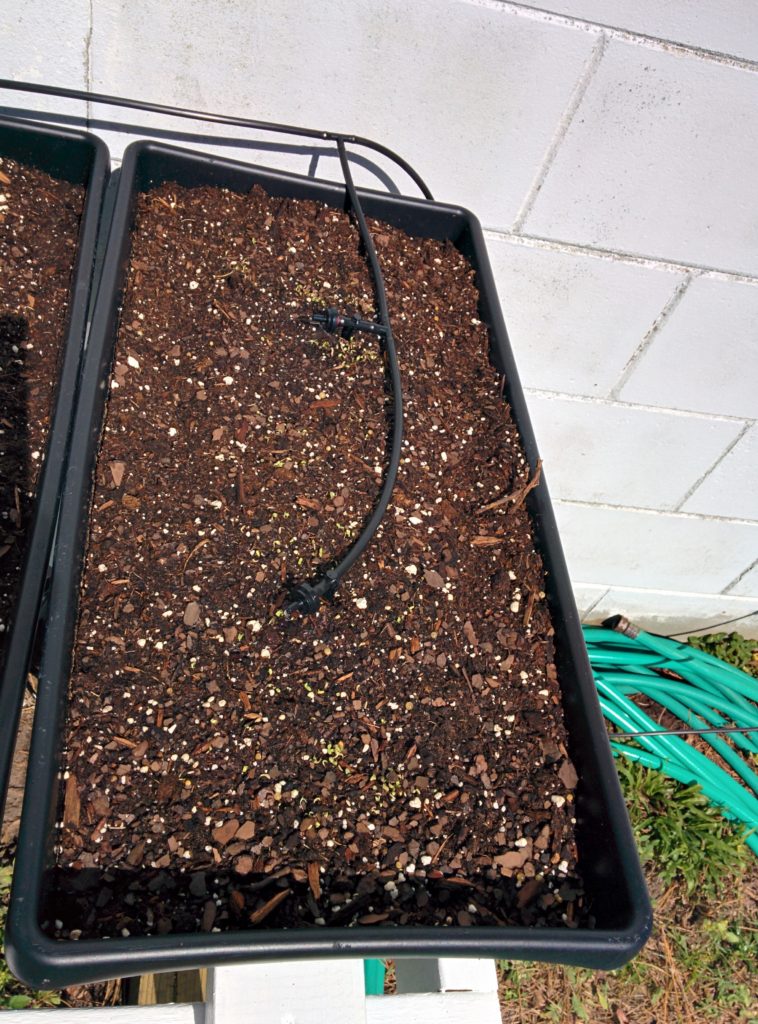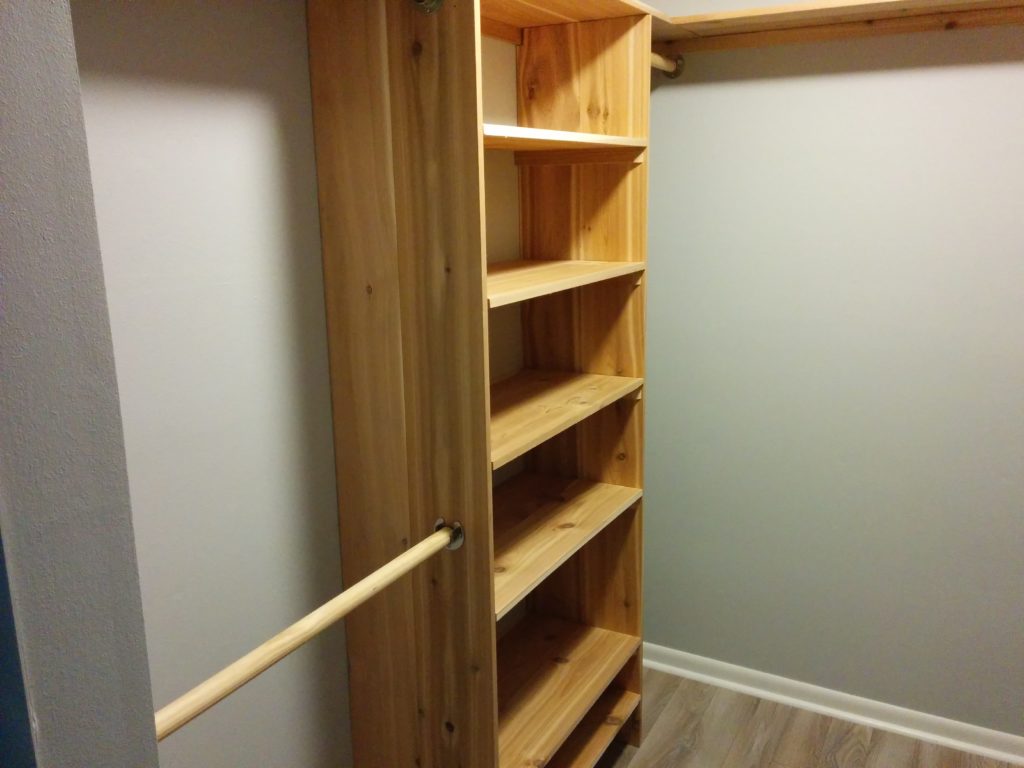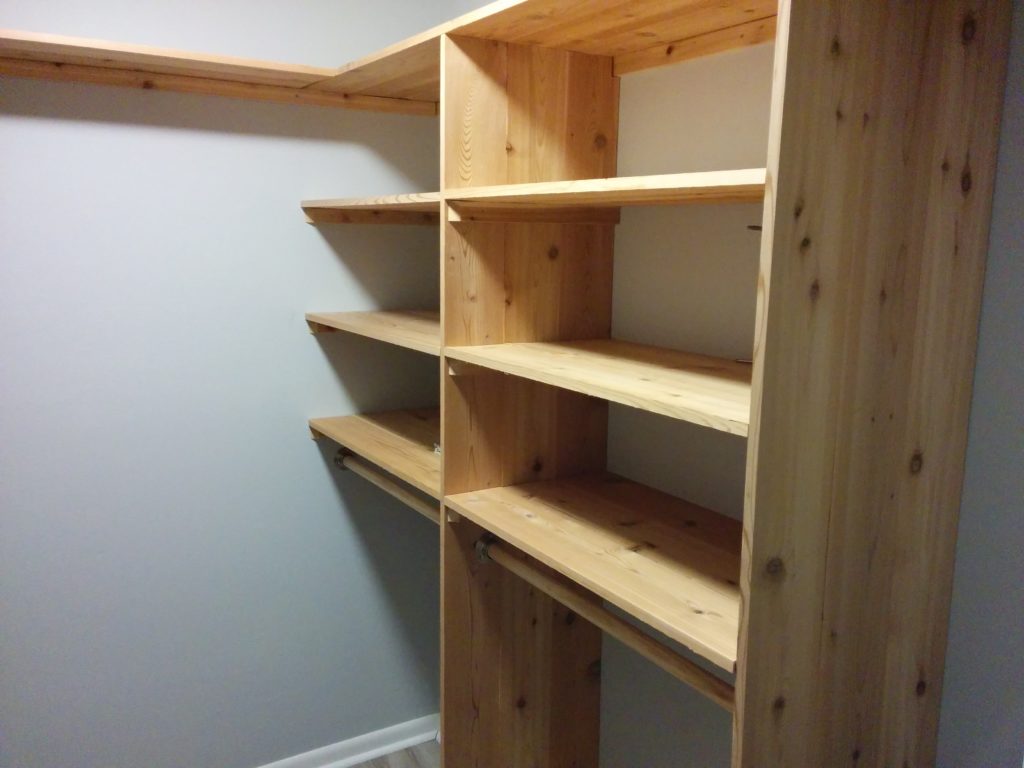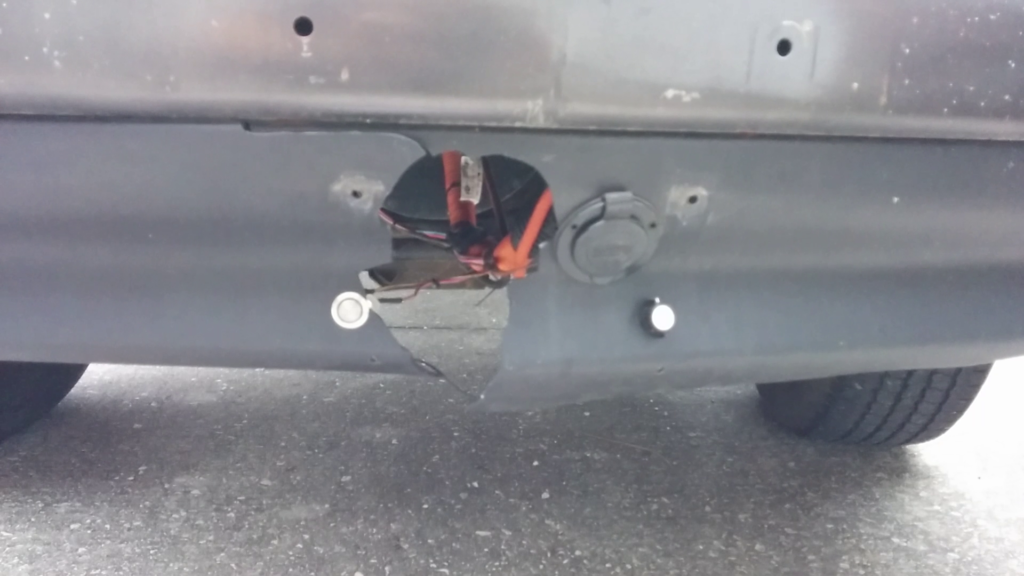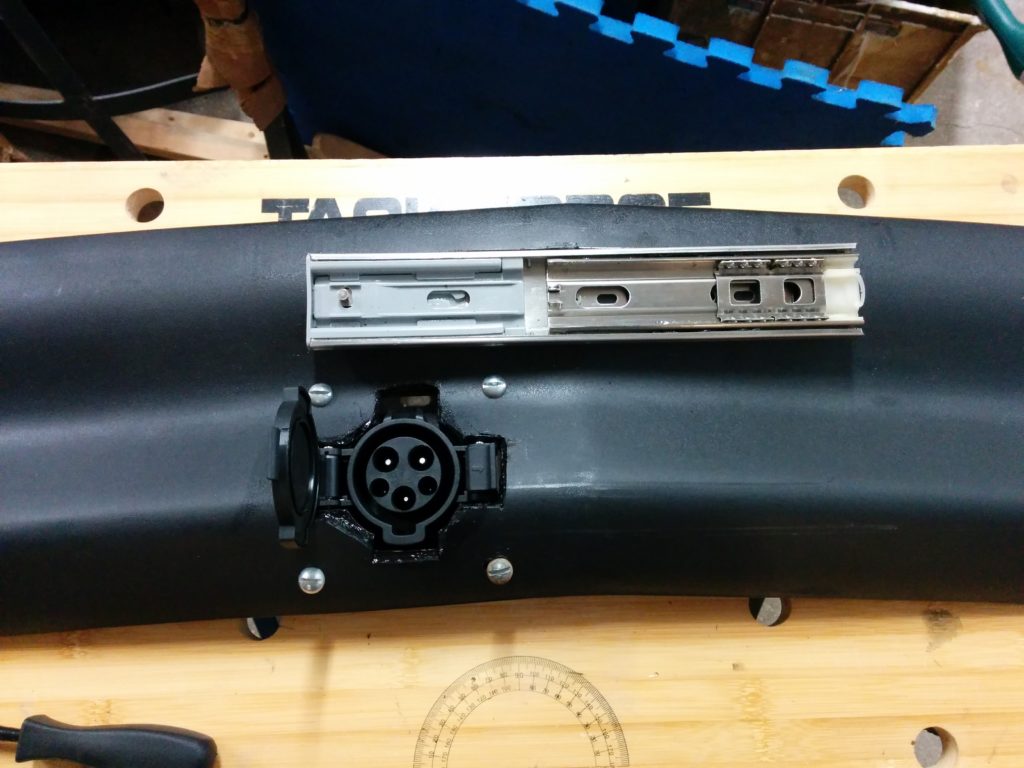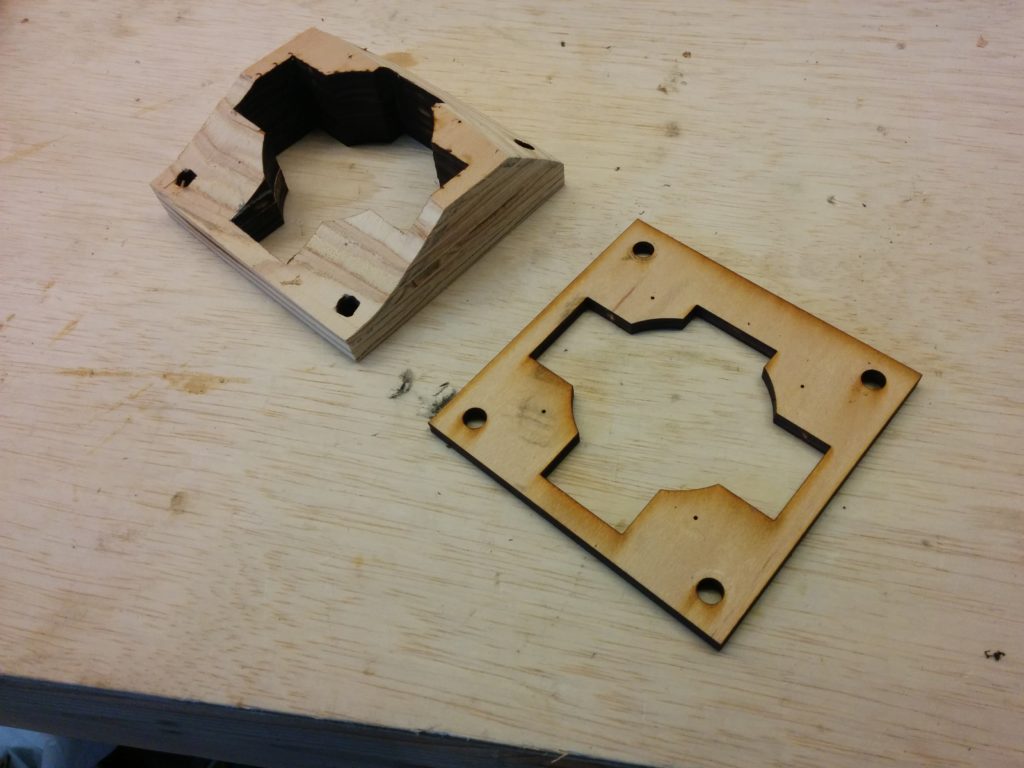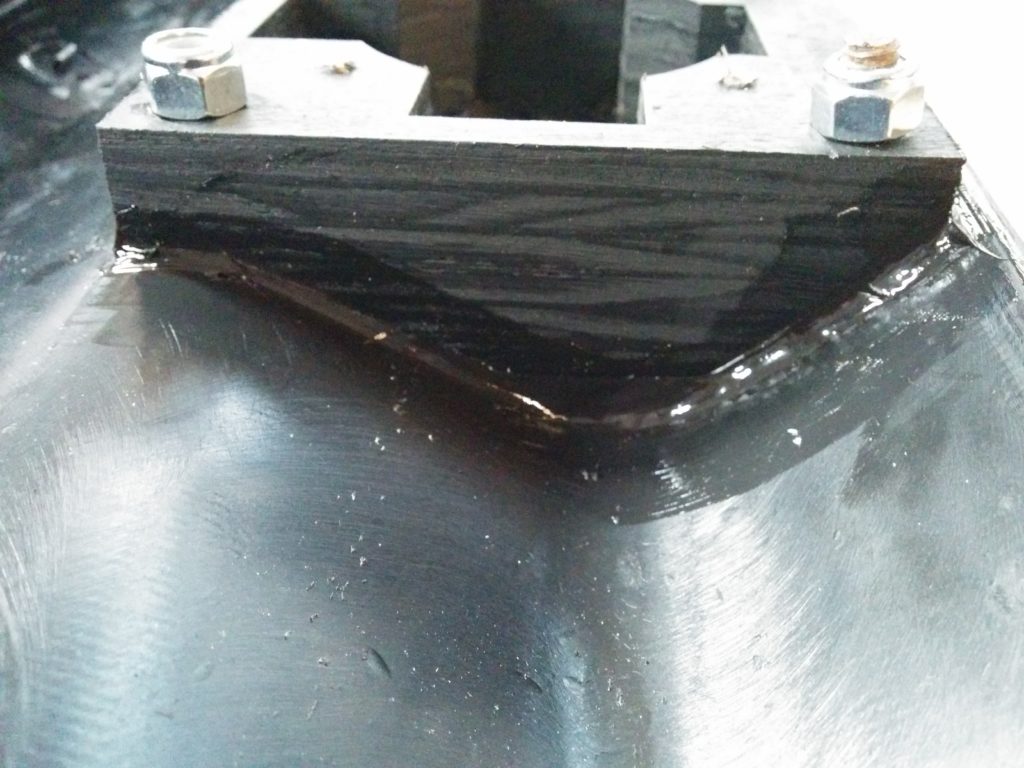After building the frame for my Maslow CNC machine, the rest of the setup was just a matter of assembling all of the pieces. I used 1/4-20 “superstrut” nuts and 1/4-20 machine screws to mount the motor brackets. The slots in the brackets are almost, but not quite wide enough to let 1/4-20 screws go through them, so I had to drill them just slightly larger in the two spots I mounted the screws.
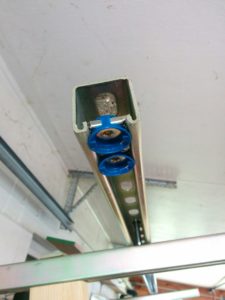
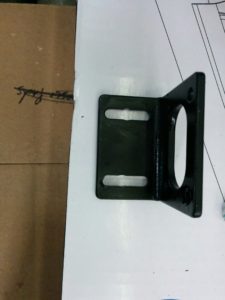
I made use of one of the four motor mounting holes to place an extra long (60mm) M4 screw holding a plastic idler that keeps the chain wrapped around the sprocket to avoid chain slips under tension. I’m currently using a binder clip to keep the plastic idler from “crawling up” the screw and eventually letting the chain fall onto the screw.
I considered buying a shorter screw to keep the plastic idler from crawling up the screw, but if I ever want to manually adjust the chain position on the sprocket all I need to do is remove the binder clip and slip the plastic idler up out of the way, so I’m leaving it as-is for now. I also paid Lowes an outrageous $5 for a set of two blue plastic end caps to make the end of my superstrut look nice.
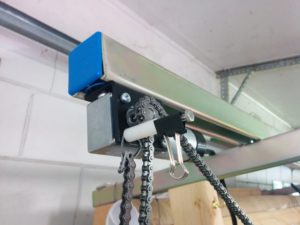
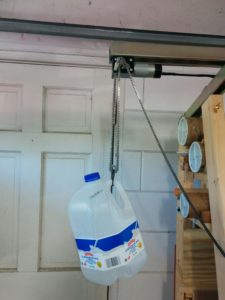
You can see that I also hung the far end of the chain from the idler mounting screw, and adjustable tension is placed on the slack side of the chain with an idler sprocket weighted down with a few pounds of water. (So far I just put a few inches of water in each jug, and haven’t needed to add significant weight.)
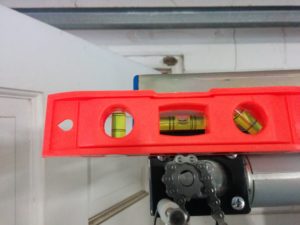
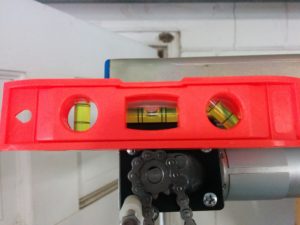
I found that I could balance a small level directly on top of the chain and use the bubble to get a tooth of the sprocket aligned vertically within a 10th of a degree. (At least, there was a small but visible difference between the bubble between presses of the 0.1 deg button in the software…you’ll probably have to click the photos to zoom in before you can see it…)
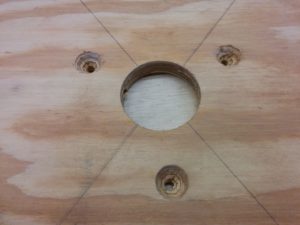
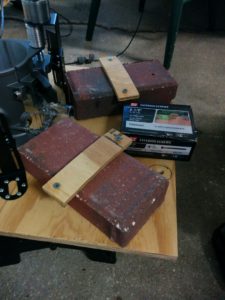
I built a temporary sled out of a piece of plywood that was left over from covering a window during Hurricane Irma. Instead of bothering to countersink the heads of the provided brick mounting bolts, I just used deck screws to mount the temporary bricks. I also was able to use the (too short) screws originally meant for the clear router base to mount the router to the plywood by abusing the heck out of a large countersink bit to REALLY countersink the screws so the short length was no longer an issue.
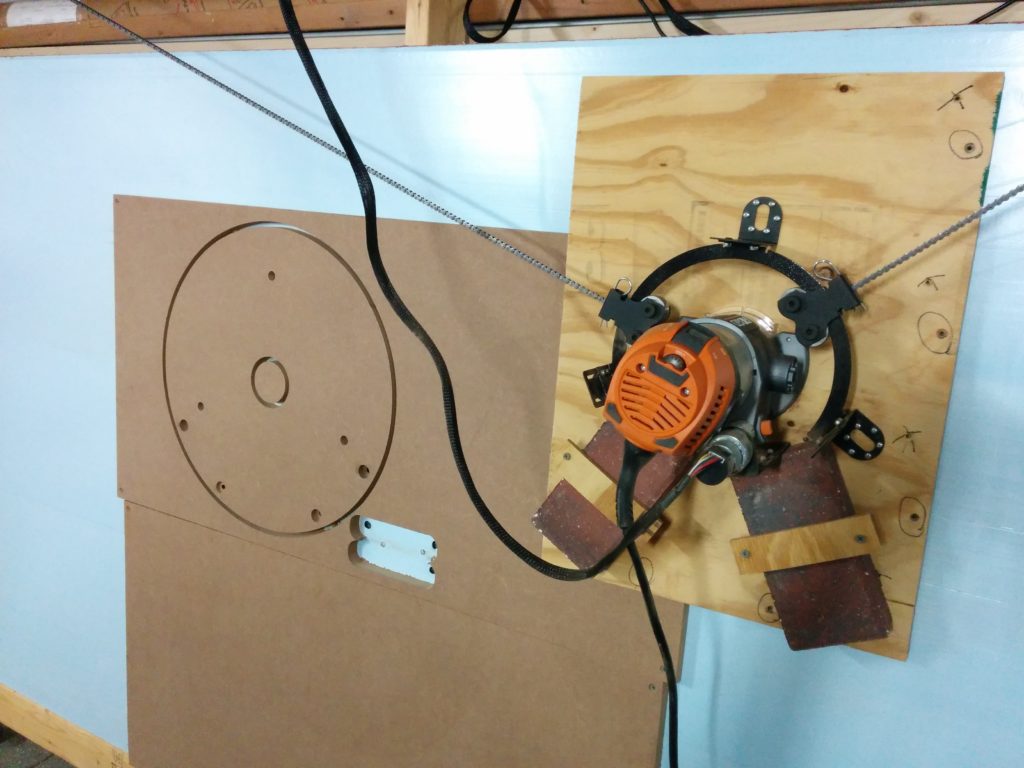
After calibrating the machine using the foam waste board, I used the temporary sled to cut a fancy round sled out of some MDF I had laying around. I don’t like the super fine sawdust that MDF generates, but it is more slick than regular plywood, which I figure is a good property for a router sled to have. (Plus, already had it laying around….)
